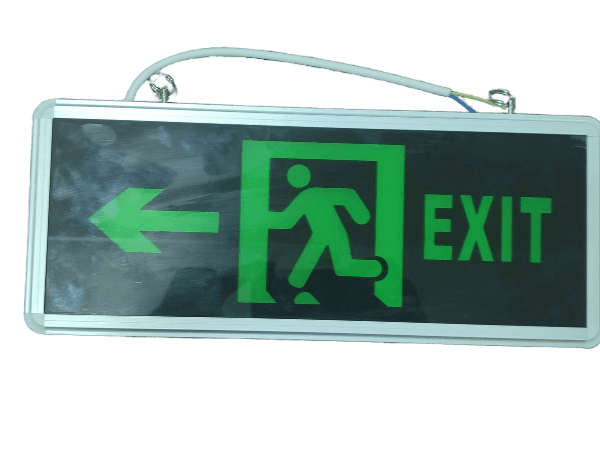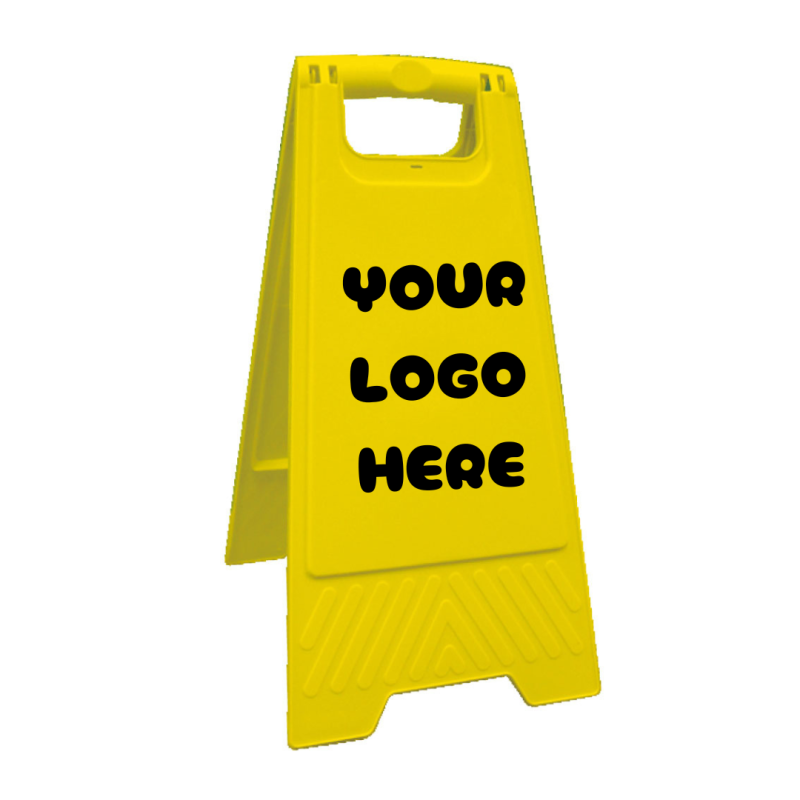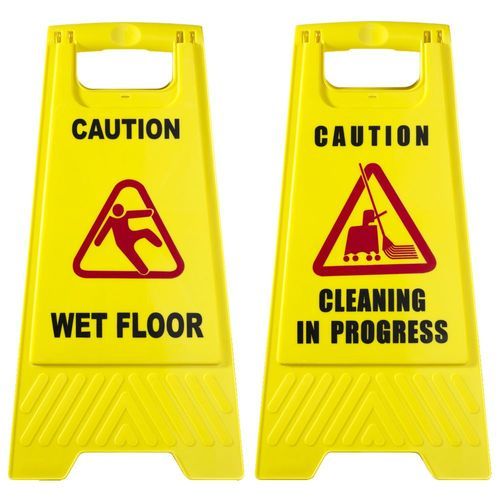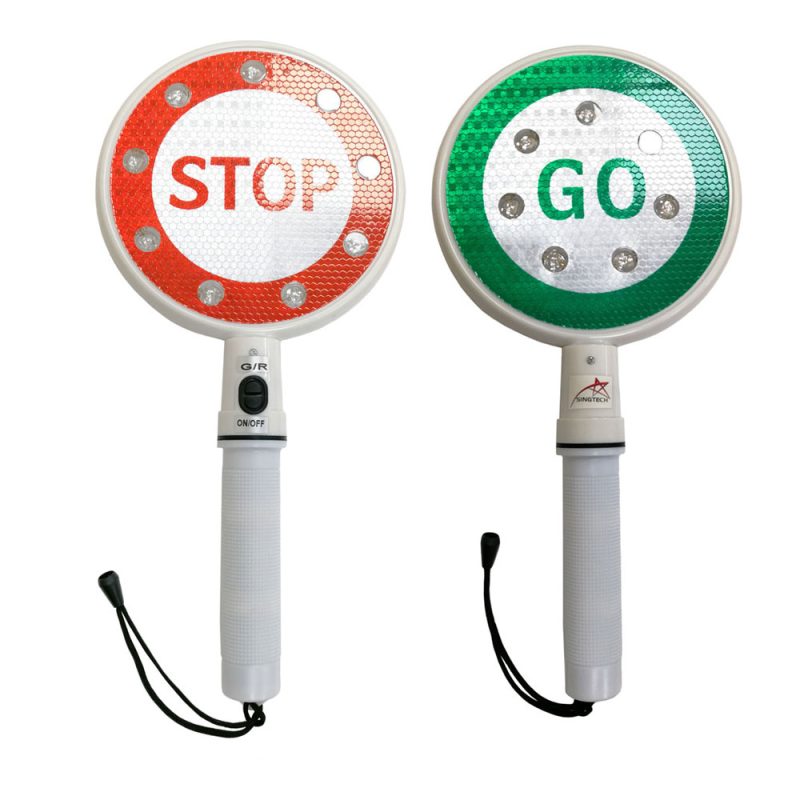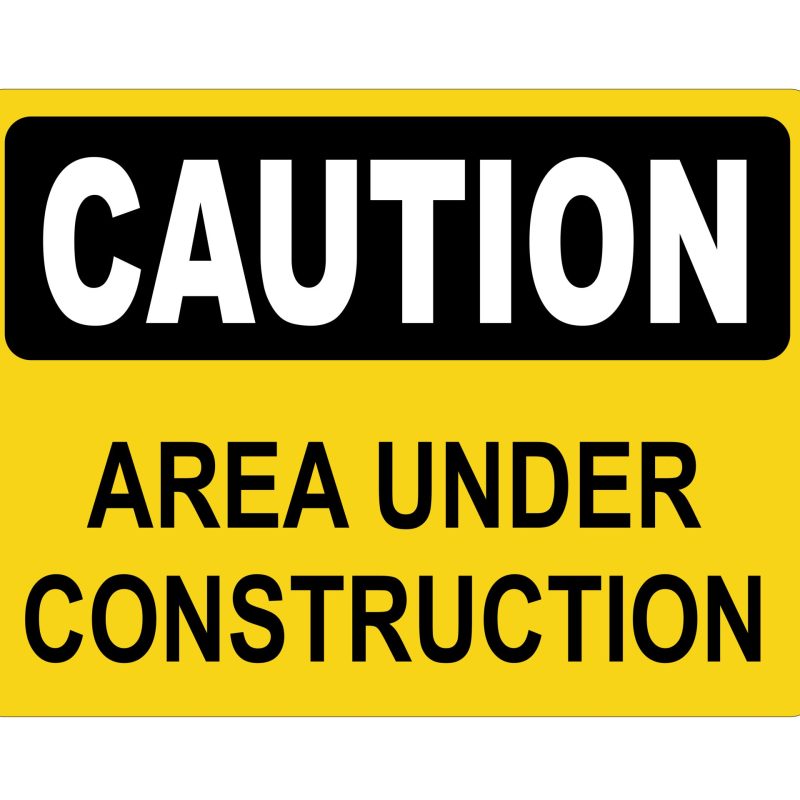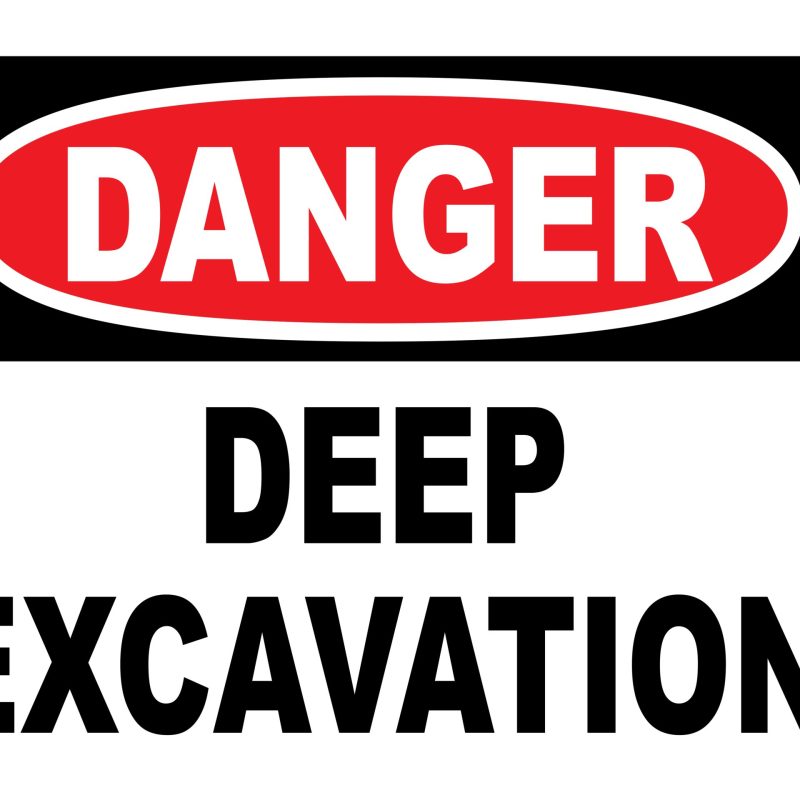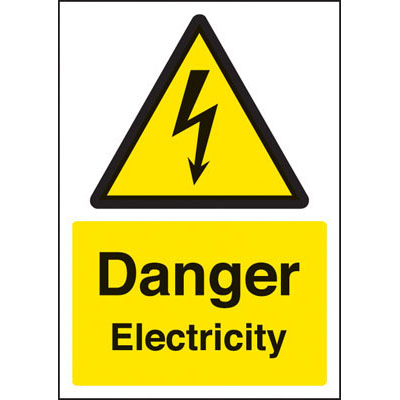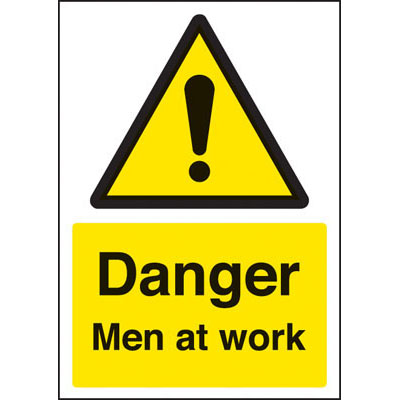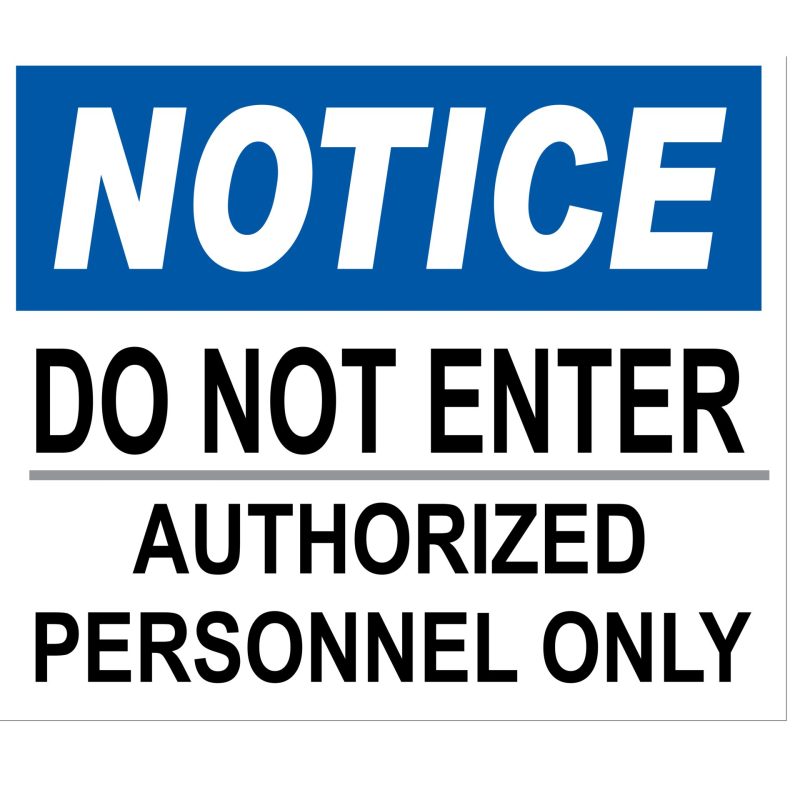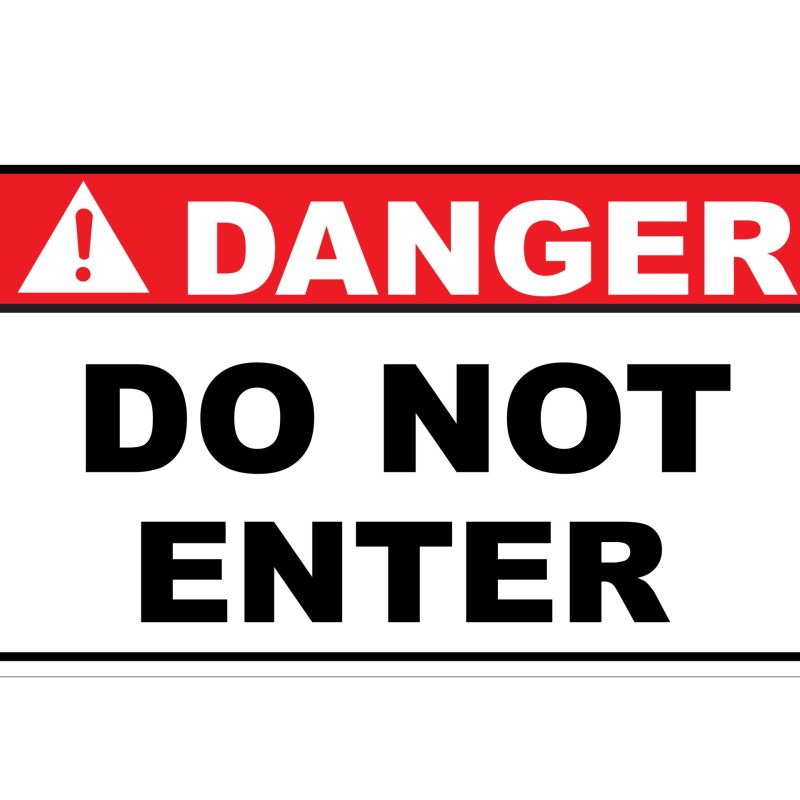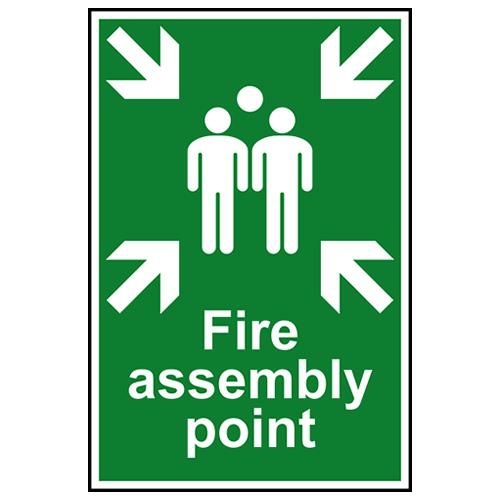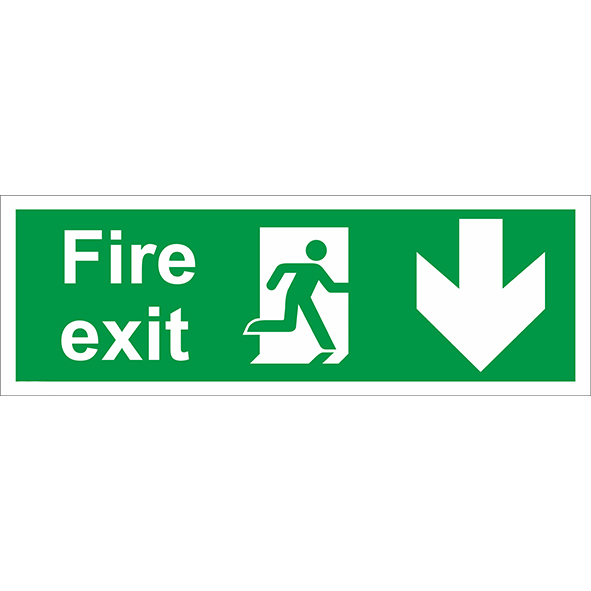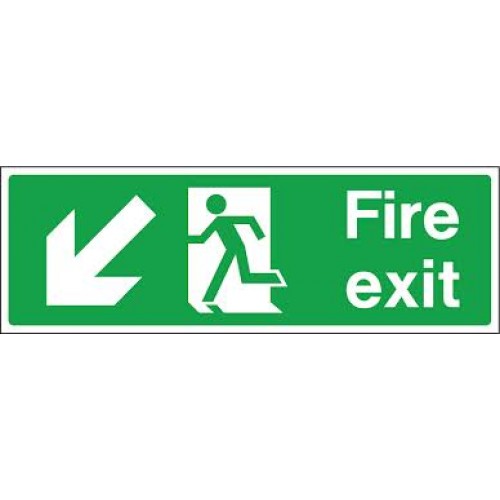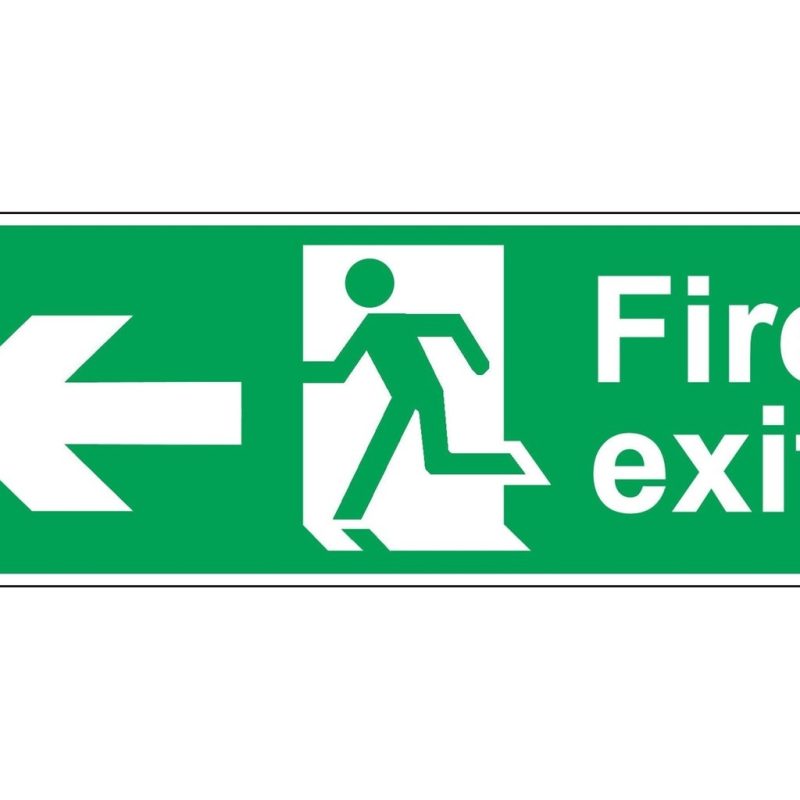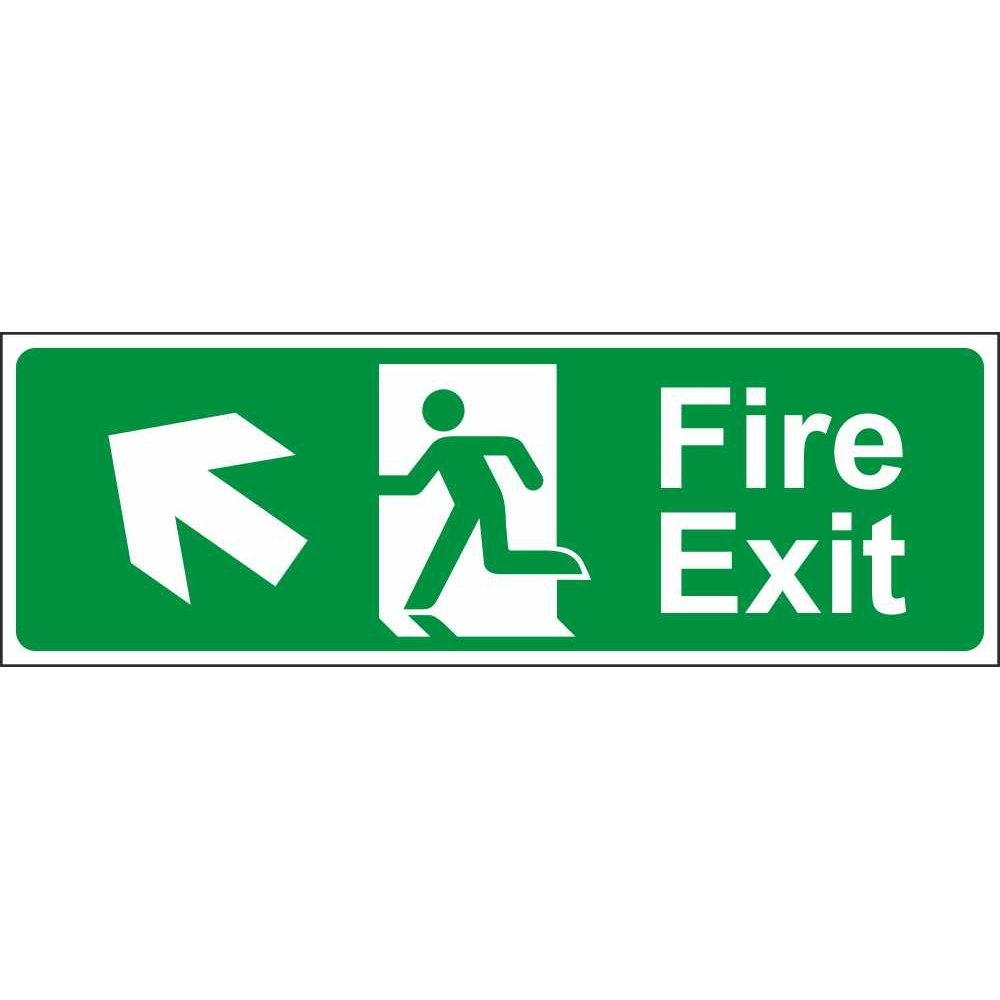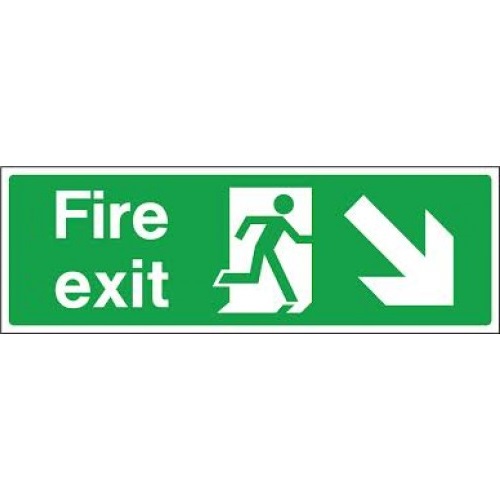In the bustling landscape of Sri Lanka, safety isn’t just a priority – it’s a necessity. And what better way to ensure safety than with the guidance of well-designed safety signs? These unassuming heroes play a crucial role in keeping us informed, aware, and out of harm’s way.
Let’s dive into the world of safety items, exploring how these little yet impactful markers make a big difference in our daily lives.
Unveiling the Power of Safety Signage
These aren’t just random visuals dotting our surroundings; they are purposeful instruments of communication. From construction sites to busy streets.
These signs deliver messages that transcend language barriers, warning us of potential dangers and offering guidance for safe navigation. Here’s why they matter:
Conveying Vital Information
- Visual Language: Think about it – a simple image of a person slipping on a wet surface is universally understood. Safety indicators transcend languages, ensuring that everyone gets the message loud and clear.
- Emergency Alerts: Bold red signs with a fire symbol or an ambulance icon – these signs catch our eye instantly, alerting us to potential hazards and guiding us to safety exits or emergency facilities.
Promoting Awareness
- Construction Zones: Orange cones and signs indicating construction areas are like friendly reminders to slow down and exercise caution. They keep drivers and pedestrians informed about ongoing work, preventing accidents and ensuring the safety of all.
- Pedestrian Crossings: Those iconic white stripes accompanied by pedestrian signs are our allies when we’re on foot. They make sure drivers are aware of designated crossing points, giving us pedestrians the confidence to step out.
Beyond the Basics: A Closer Look at Safety Signage
While road signs in Sri Lanka are a significant part of the safety signage landscape, there’s a realm beyond the streets where these markers continue to shine. Let’s explore the broader spectrum of safety indicators and items that contribute to our well-being.
Workplace Safety
In workplaces, safety indicators become our vigilant partners, contributing to accident prevention and risk reduction:
- Caution Sign: These are the unsung heroes of workplaces, warning us about slippery floors, high-voltage areas, and other potential hazards.
- Mandatory Sign: Reminding us to wear protective gear like helmets or safety goggles, these signs reinforce the importance of taking precautions.
Construction Sites
Construction sites are veritable playgrounds for safety boards, ensuring the well-being of both workers and passersby:
- Hard Hat Zone: Those unmistakable sign depicting a hard hat-wearing figure remind us to protect our noggin when entering construction areas.
- Forklift Warnings: Bold sign indicating forklift paths prevent collisions, keeping everyone safe from heavy machinery.
The Role of Safety Signs in Road Safety
Sri Lanka’s roadways are a vibrant tapestry of culture and movement. To ensure this tapestry remains a safe and harmonious one, road sign in Sri Lanka play an indispensable role:
- Speed Limit Signs: These signs remind us to ease off the accelerator, promoting safer roads and reducing the risk of accidents.
- Traffic Signals: Red, amber, green – these colors dictate our actions, creating order in the bustling chaos of traffic.
Promoting Pedestrian Safety
- Zebra Crossings: Iconic and universally recognized, these crossings give pedestrians the right of way, making roads safer for those on foot.
- Children Crossing: The safety of our little ones is a top priority. Signs indicating children crossing points prompt drivers to slow down and exercise extra caution.
The Future of Safety Signs
As the world hurtles into the future, these protection signs are also evolving, harnessing technology for even greater effectiveness:
- Interactive Signage: Imagine a sign that responds to changing weather conditions or adjusts brightness based on the time of day. The future holds potential for signs that adapt and communicate dynamically.
- Smart Traffic Management: With the advent of smart cities, road signs could communicate with vehicles, creating a seamless flow of traffic and mi4nimizing congestion.
The Bottom Line
In the grand scheme of things, these signs may seem like humble additions to our surroundings. But make no mistake – they’re the unsung guardians of our well-being.
From alerting us to dangers to guiding us on the right path, safety signage items in Sri Lanka are the visual cues that keep us safe in a world in constant motion.
So, next time you spot a safety sign, take a moment to appreciate the silent yet impactful role it plays in safeguarding our lives.
Faq’s
- What types of safety signs are commonly used in workplaces?
Common workplace safety indicators include caution signs (for hazards like slippery floors or high voltage), mandatory signs (requiring protective gear), and warning signs (alerting to specific dangers). These signs help ensure safety and compliance with safety protocols.
- How do safety signs contribute to road safety in Sri Lanka?
Safety indicators on roads, such as speed limit signs, traffic signals, and pedestrian crossings, help manage traffic flow, reduce accidents, and ensure the safety of drivers and pedestrians. They provide clear instructions and warnings to navigate safely.
- Why are safety signs important in construction sites?
In construction sites, safety indicators like hard hat zones and forklift warnings are crucial for protecting workers and passersby. They alert individuals to specific hazards and ensure that safety protocols are followed to prevent accidents.
- How do interactive safety signs work, and what are their benefits?
Interactive safety indicators can adjust their brightness based on weather conditions or time of day and may even communicate with vehicles. These features enhance their visibility and effectiveness, providing real-time information to improve safety.
- What should I consider when choosing safety signs for a new project?
When selecting safety indicators, consider factors like visibility, durability, and compliance with local regulations. Ensure that the signs are easily understood and appropriate for the specific hazards or requirements of the project.
-
Customized Floor Sign Board
රු2,400.00 -
FOLDABLE SIGN BOARD
රු1,600.00 -
STOP & GO BLINKING LIGHT SIGNAGE (BO)
රු4,600.00 -
AREA UNDER CONSTRUCTION SIGN
රු3,600.00 -
DANGER DEEP EXCAVATION SIGN
රු2,200.00 -
DANGER ELECTRICITY SIGN
රු950.00 -
DANGER MEN AT WORK SAFETY SIGN
රු950.00 -
DO NOT ENTER AUTHORIZED PERSONNEL SIGN
රු2,200.00 -
DO NOT ENTER SIGN
රු850.00 -
FIRE ASSEMBLY POINT SIGN
රු2,450.00 -
FIRE EXIT ARROW DOWN SIGN
රු1,050.00 -
FIRE EXIT ARROW LEFT DOWN SIGN
රු1,050.00 -
FIRE EXIT ARROW LEFT SIGN
රු1,050.00 -
FIRE EXIT ARROW LEFT UP SIGN
රු1,050.00 -
FIRE EXIT ARROW RIGHT DOWN SIGN
රු1,050.00

